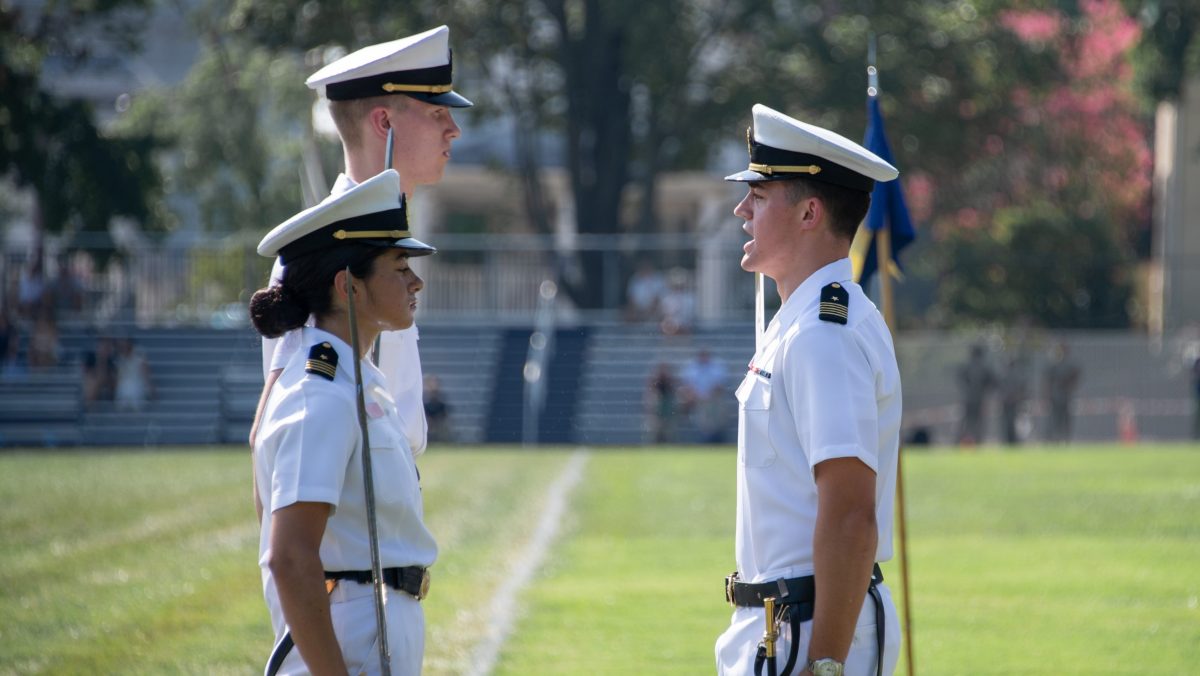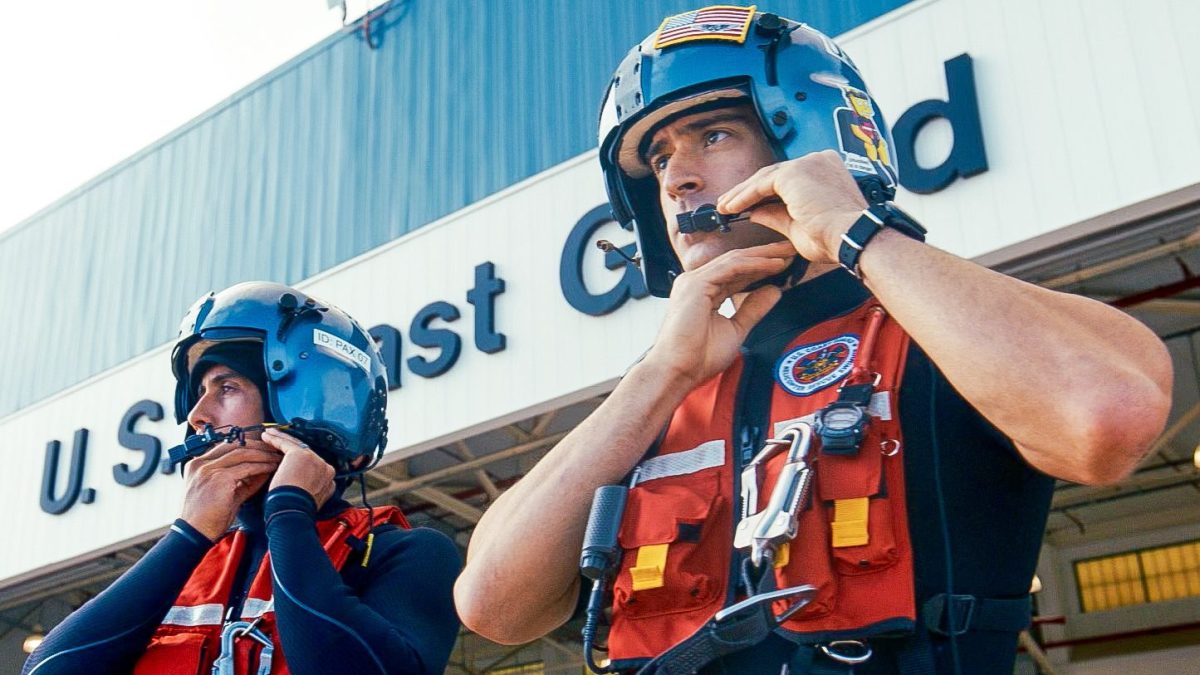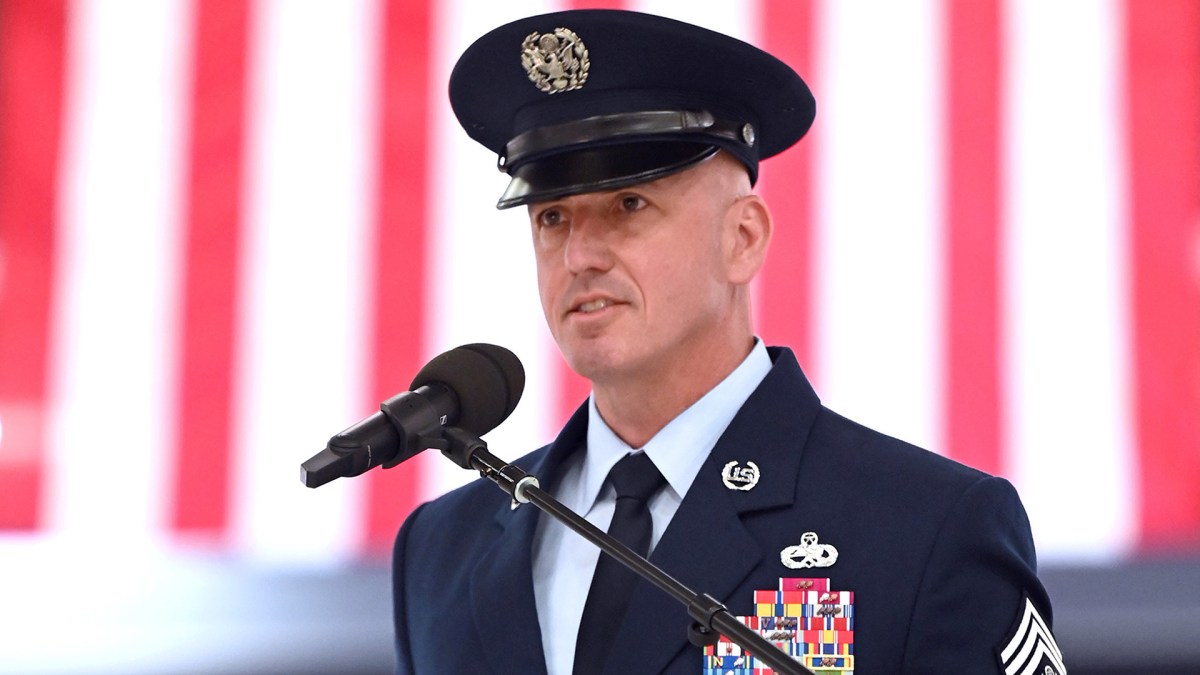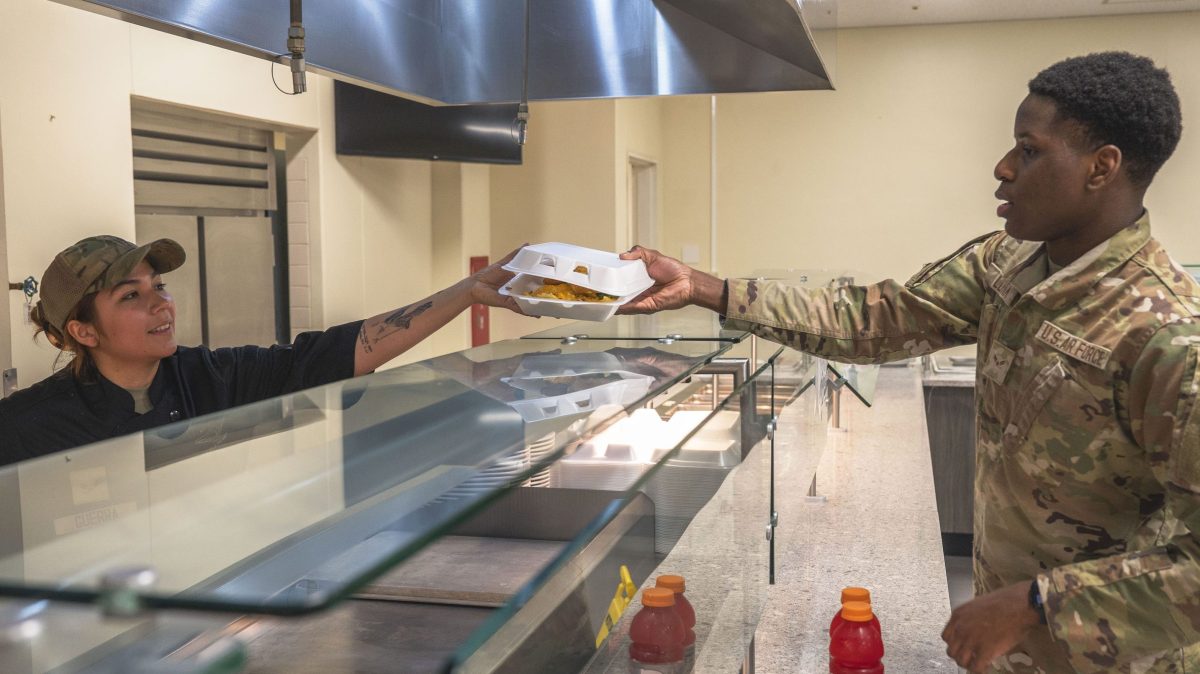Key Points and Summary – The recent NATO summit in The Hague, where European allies agreed to a new 5% of GDP defense spending target by 2035 to appease President Trump, was a superficial success that papered over deep strategic confusion.
-While Trump’s threats of withdrawal were averted and Article 5 was reaffirmed, the summit highlighted Europe’s deep dependence on US military power.
-The author argues that Europe must now abandon the “fantasy” of “strategic autonomy” and reinvest in real, hard-power capabilities centered on NATO. This requires focusing on the new frontline in NATO’s “Northeast Corridor” (Scandinavia, Baltics, Poland) and building an integrated defense industrial base.
Breaking Down the NATO Summit
The NATO summit at the Hague is behind us. The worst didn’t happen – President Donald Trump didn’t announce America’s withdrawal from the alliance, and in the final communique Russia remains the principal threat.
Setting aside the fawning the Trump administration received from the European heads of state and government, observers can rub their eyes in bewilderment that the very same European allies who only a few years back claimed they could not spend at 2% of GDP on defense now have signed off on a 5% of GDP on defense deal.
Throughout the meeting, there was a palpable desire across Europe to declare the summit a success, with Secretary General Mark Rutte leading the way in making it clear that Europe is ready to do what Donald Trump wants it to do.
A NATO Summit of Promises
This has been a summit of promises, and as such not that different from past pledges save for the size of the promised defense spending increase. The Europeans got America’s concurrence to sustaining the sanctity of Article 5, the core collective defense principle of the alliance.
It is also clear that—at least for now—the administration has no intent to pull US military assets out of Europe, though there is likely to be a change in the numbers of US troops stationed in Europe as part of the overall force posture review by the Pentagon. And so the United States and American taxpayers will continue to be an integral part of NATO’s defenses, but the time of “free-riding” by the Europeans seems to be over.
Or is it?
One striking aspect of this summit has been how quickly Europe yielded to the demands presented by the Trump administration (even if Spain continues to buck the trend). There was a palpable sense of anxiety among the largest European powers, a sense that without the United States, this wealthy continent could not stand up and generate real, exercised defense capabilities.
Yes, the Europeans promised to pay more, but the summit reaffirmed that it will be the United States that will continue to provide the baseline of European security.
The unusually brief post-summit communique spoke of unity, of Article 5 solidarity and of the requisite 5% investment in defense by 2035 now accepted by the allies. The proof will be in the proverbial pudding, but this summit has ended with a sense that much has been promised but nothing specific enough has been agreed on, other than that the European allies showed themselves willing to bend to Washington’s will.
The alliance sailed through the meeting without a major confrontation, unlike the one that took place at the 2017 NATO meeting when Donald Trump demanded that the Europeans pay for their defense—at the time to the tune of 2% of GDP. This time at the Hague, the Europeans did all they could to ensure the summit was successful and that Donald Trump could declare victory—here the hat’s off to Secretary General Mark Rutte, a consummate politician, who ran a masterful game to stage-manage the event to its successful conclusion.
What Will Europe Do?
The question that remains is what will happen in Europe next. The pledge to spend 5% on defense by 2035 does not have to be implemented for years. And even if the money is spent, how it will be spent is likely to become a matter of debate yet again. And the larger issue is how the NATO commitment aligns with the ongoing efforts to build a defense capability in the European Union as part of the “independence” drive that figured so prominently in the discussion among European elites after the last Munich Security Conference.
While we continue to debate the money and commitments, it is time to ask how Europe wants to interact with the United States in the coming decade, one that is likely to be critical to European and global security.
Since the communique underscored the sanctity of Article 5 and showed the Europeans’ willingness to spend the money, one should assume that NATO remains the center of how Europe thinks about defense.
If so, what is the point of the continued debate about “strategic autonomy” and building a bureaucracy in the European Union, purposed for managing defense and foreign affairs?
Is the European Union now to be considered a collective defense alliance?
If so, where is the military infrastructure and the requisite headquarters?
Where are the C2 and ISR assets and high-end enablers that would allow such EU forces to operate at the requisite level of effectiveness?
Is the European Union a unitary actor, with an executive center that can in fact order ready forces into battle?
These rhetorical questions are intended to show that it is way past the time for America’s European allies to shed the fantasy of building “strategic autonomy,” for without the United States nuclear umbrella, US naval, air, cyber, and space capabilities, etc., deterrence in Europe against Russia will not hold.
A Wake-up Call
The Hague NATO summit should serve as a wake-up call to political leaders in Europe that, notwithstanding their feelings toward the US president, their countries have a vital national security interest in working closely with the United States, building an integrated system to produce a larger Western defense system centered on NATO for the coming years of protracted global instability.
This means investing in real, exercised capabilities that are required based on the regional plans adopted at the Vilnius summit – forces that SACEUR can then plug seamlessly into the plans.
And inside NATO, there needs to be a serious conversation about how to support and sustain its new center of gravity that is the Northeast Corridor, where Scandinavian countries, Finland, the Baltic States and Poland are now the critical hub which must be supported to shore up deterrence around the Baltic and the High North.
Further south, Romania also needs to become a destination for special care and investment, while countries to the west of the Eastern frontier should focus on sustainability, reserves, and support.
In short, NATO leadership needs to think in terms of where the points of contact are, rather than where the legacy Cold War military installations are located.
NATO’s mission has been renewed, but this must be followed by investments that reflect the new realities of where the new frontier is and what is needed to deter aggression there effectively.
What Happens Next to NATO?
The Hague summit should put to bed the idea of independent European defense or “strategic autonomy.” It should return the allies back to the basics of hard power centered around the NATO alliance, leveraging US and European defense industrial capacity to produce weapons and munitions at speed and scale while fielding real, exercised forces to send an unequivocal message of resolve to Russia.
We shall see soon enough if that will be the case.
About the Author: Dr. Andrew A. Michta.
Dr. Andrew A. Michta is Senior Fellow at the Scowcroft Center for Strategy and Security at the Atlantic Council of the United States. Follow Him on X: @AndrewMichta. Views expressed here are his own.

.jpeg)






















.jpeg)













 English (US) ·
English (US) ·